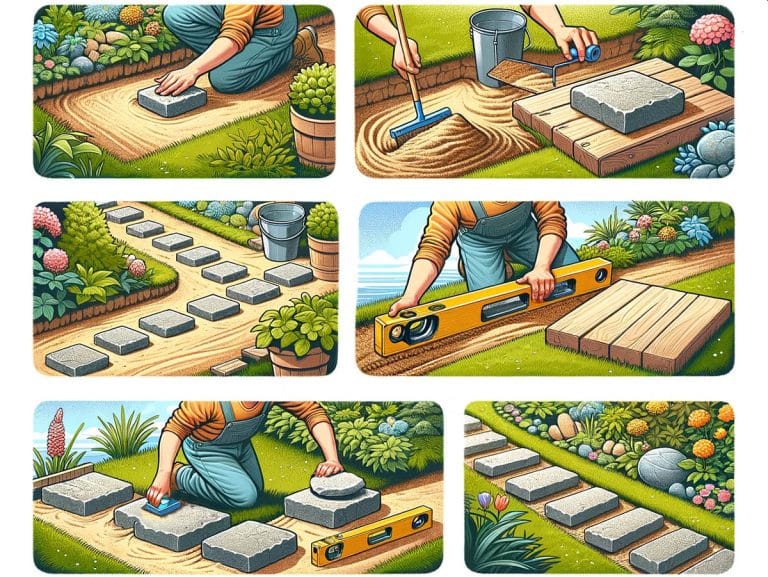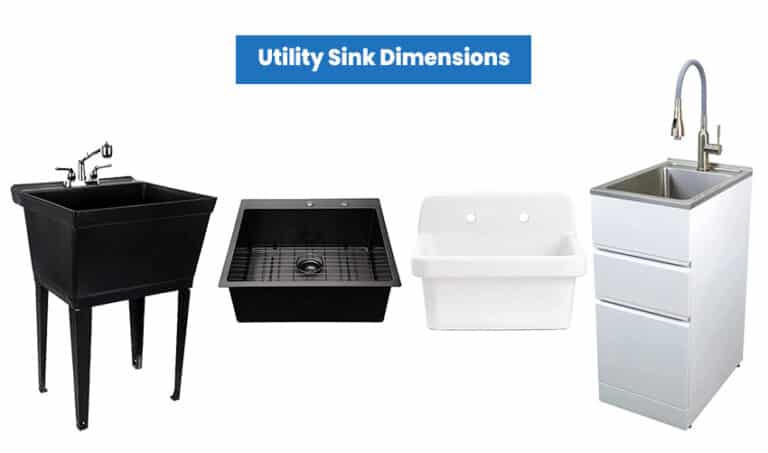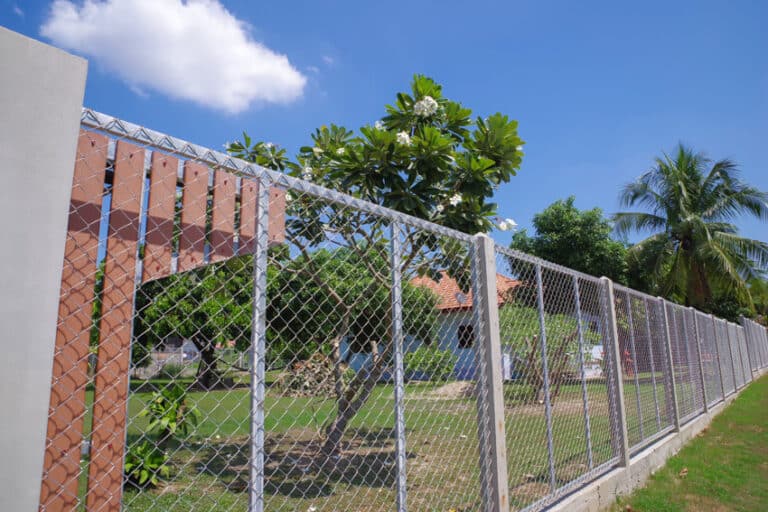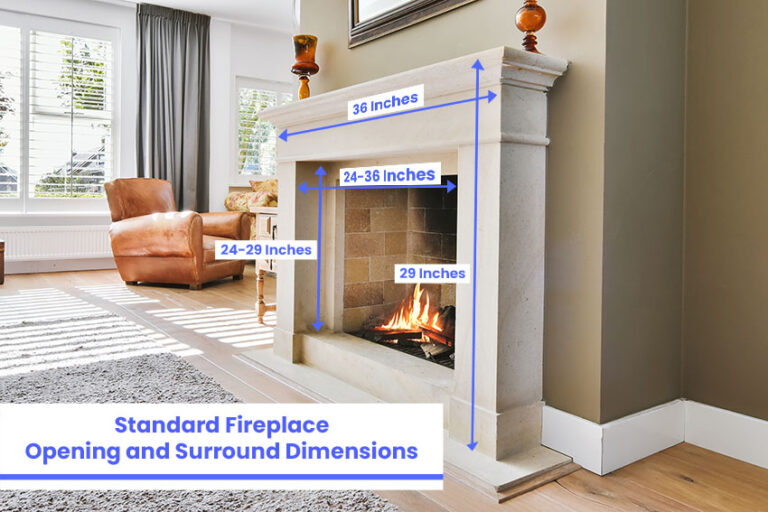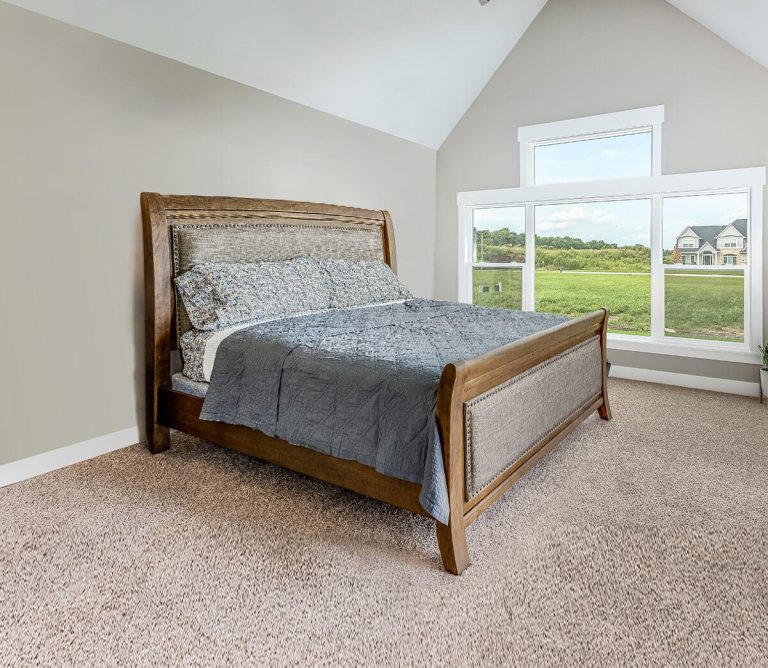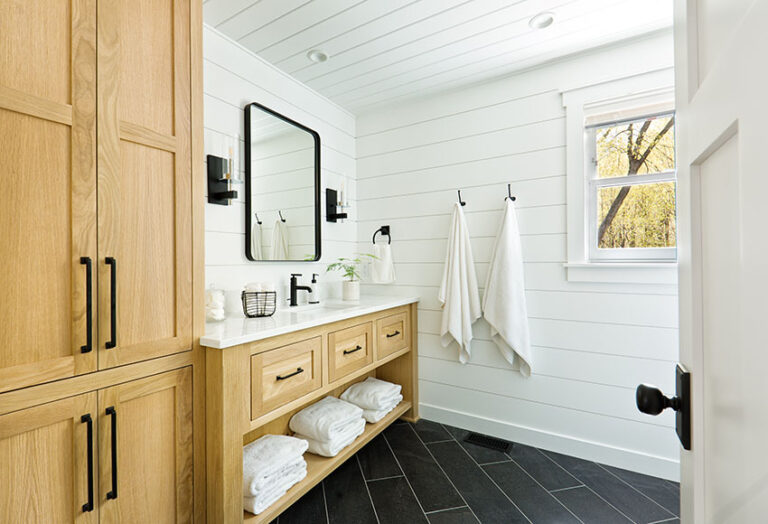Garden Hose Sizes: Standard Length & Diameter
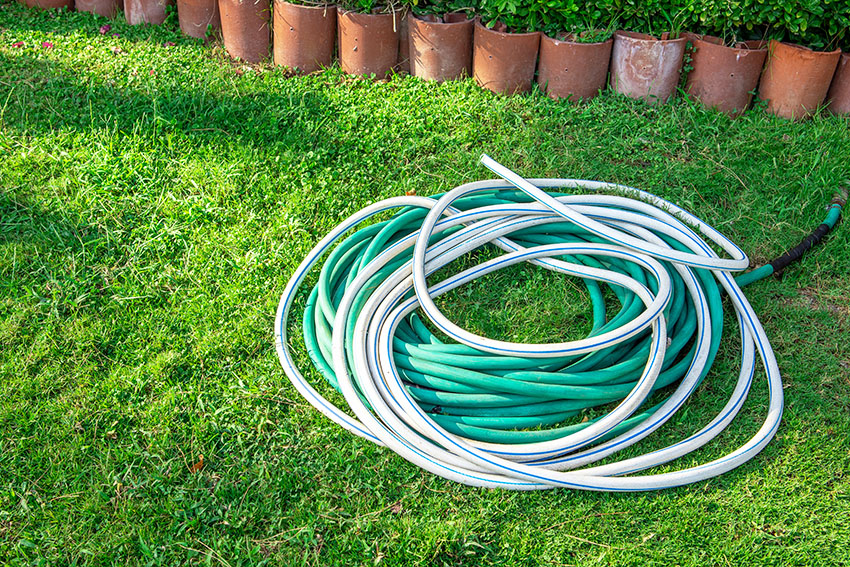
Garden hoses make watering one’s garden easier by bringing water straight to the garden from the water source. Homeowners who use a garden hose don’t need to carry buckets of water. However, choosing one requires a bit of research, especially on the right size that will suit their needs and meet the demands of the specific task they intend to use the garden hose for, like will it be for professional or landscaping use or light and small garden watering task?
Standard Hose Size
There are many sizes, colors, styles, and features that a garden hose may have. Options may include multi-ply construction, kink resistance, flow rate, etc. Other products will also have a water-flow control valve for turning the water flow on or off or changing the nozzles.
The bigger the diameter of the tube, the more water it can carry and deliver. For the sizes, there are many options to choose from, and they are 5/8”, ½”, and ¾”. These are the garden hose diameter options on offer in stores.

The standard diameter hose size will typically be 5/8” in the United States, though. However, many homeowners will need a ½” diameter because typical household piping’s size is ½” in diameter, too.
On the other hand, people who need heavy-duty watering tasks, like for commercial gardens, or wider piping, like for commercial landscaping design, will pick a ¾” diameter size.
The larger diameter will allow the tubing to deliver more water to the lawn or garden while also compensating for variables in water pressure, such as when running it uphill. For the water volume, the ¾” hose can supply more water volume per minute because it allows for a larger water pathway.
Hose Lengths
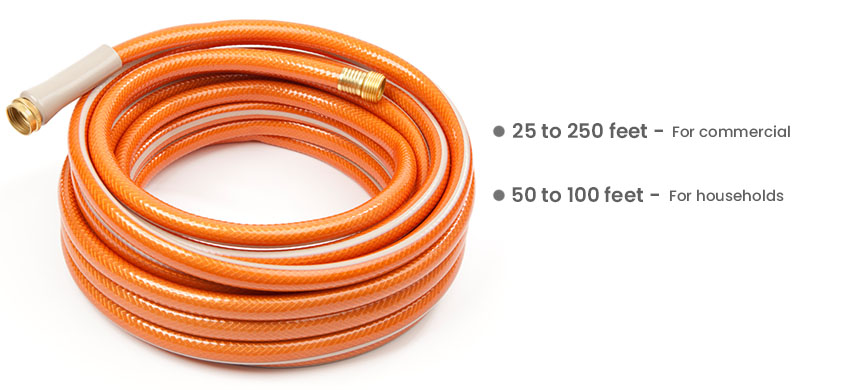
A garden hose length can range from the shorter 25 feet to the longer 250 feet for commercial watering products. For households, a length between 50 feet and 100 feet can be enough.
However, some homeowners may need to connect at least two hoses to reach a part of the garden or if they need to repair a leak in their old one. If there’s a leak and a part needs replacement, a homeowner should know the diameter of the one they’re using.
To do it, they need to measure the internal diameter of the tubing to ensure that the new one can be connected well or is the same size as the old one.
Nevertheless, knowing the length you need to buy is important. For instance, a too-short product can be frustrating to use. Meanwhile, a too-long option is unnecessary if one’s garden isn’t that large.
To determine the length needed, measure the farthest distance from the spigot and then buy one that is a little longer than you would need.
In this case, you don’t need to drag through bushes or flowers but can walk around the lawn or down your front walkway easily. Buying the right length will also avoid tugging on the garden hose, which would otherwise stretch it out.
But remember, there’ll be reduced water pressure with longer hoses. Thus, it’s advised that you buy one with sufficient length so that you’ll be able to reach where you’re going to use it. But if you occasionally use a longer one, you can buy two shorter hoses, which can be combined when needed.
Size Chart for Hoses
| Diameter Size | ½” | 5/8” | ¾” |
| Fitting Sizes | 12.5mm (1/2″) | 15mm (5/8″) | 19mm (3/4″) |
| Washer Sizes | ½” | 5/8” | ¾” |
Hose Weight
| Length | Dry Weight | Filled with Water |
| 25 ft. | 4 lbs | 7 lbs |
| 50 ft. | 7 lbs | 14 lbs |
| 75 ft. | 11 lbs | 21 lbs |
| 100 ft. | 14 lbs | 27 lbs |
Hose Ply Layers
Garden hose layers are typically composed of three to four layers. The core layer or innermost layer, which is also the primary layer responsible for overall kink resistance, transports water from the spigot to the tube’s end through a softer plastic tube or synthetic rubber.
Then, there is the middle layer, or the reinforcement layer, which adds durability and integrity. It is typically made of webbed, knitted, braided, or wrapped polyester fiber. The reinforcement layer is placed between two layers – the jacket layer and the core layer and provides reinforcement.
Lastly is the outermost or jacket layer, which protects the inner layers from the elements and other external forces. It also gives a specific outward appearance and color to the hosepipe.
Hose Thread Size
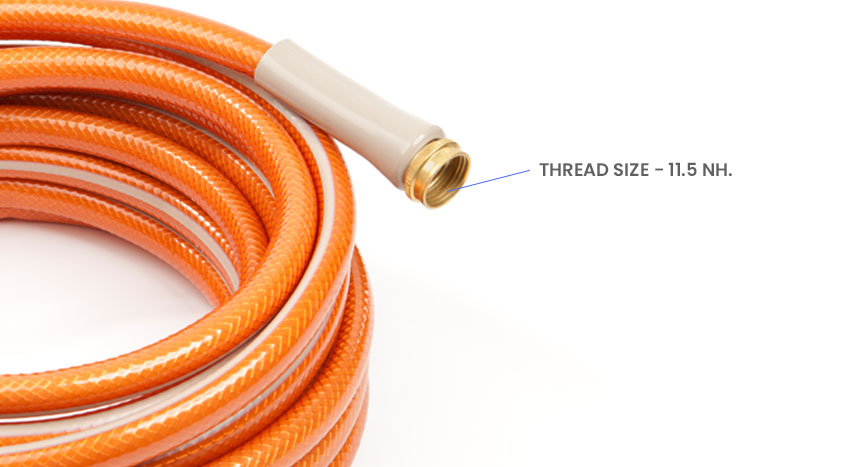
The garden hose thread refers to the connection lines on the fittings at the ends of the tubing. A thread allows hoses to fit the external equipment or tap securely. You’ll find different thread sizes, but you should get the right one to ensure tight fitting.
The size of a thread is referred to as the Garden Hose Thread (GHT) and National Hose (NH) for standardization.
For a gardening hose, the most common size is 11.5 NH.
Standard Hose Fitting Size
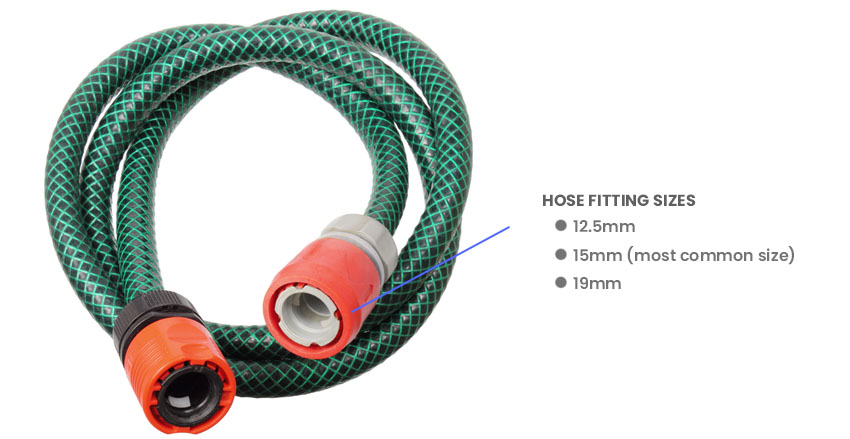
When you shop for fittings, you’ll find them in different styles, including backflow preventers, splitters, and sprayer wands. The normal fitting sizes available are 12.5mm (1/2″), 15mm (5/8″), and 19mm (3/4″).
Typically, the standard size for garden hose fittings is 15mm since this is the most common fitting diameter sold on the market. These fittings come from either a male or female connection. Thus, look at the location of the threads at the point where you’ll make a connection.
Hose Washer Size
Garden washers help prevent water leaking at the hose connection and faucet. They make a secure and tight seal to help prevent any water loss.
The 5/8” washer size is the standard used in these products. This diameter washer works with a 5/8” tube size. So, if you’re getting another washer size, it should also be used with the corresponding type where it fits.
What Size Hose for a Pressure Washer?

The most common garden hose for a pressure washer is ¼” in size. It’s designed and made for small and electric gas power washers having a pressure rating of up to 3,200 Psi.
Alternatively, the middle-sized 5/16” is the least standard size for a pressure washer that can deal with pressures between 2,700 and 3,600 Psi.
How Do I Know What Size Garden Hose I Need?
Before going to the store, take measurements to determine the size of the garden hose you need. In addition to this, consider how you’ll use the item.
For instance, consider getting a standard size, either lightweight or heavy-duty, for everyday watering. If you’re concerned about chemicals leaching into the water, look for a product labeled drinking water safe.
Now, for the sizing of the garden hoses, you’ll need. Think about the length to get – it can be 25, 50, 75, or 100-foot length.
What length do you need? Get the distance from the water source to where you need to do your watering. For a small patio size, balcony, or yard, a length of 25 feet should be sufficient.
If you need to reach far corners of your yard or lawn, getting a 50-foot length may be for you. However, with longer ones, you should consider a hose reel to help keep it organized when unused.
For those with bigger gardens or yards, who need to go past 50 feet. You might want to consider two 50-ft hoses one 50-ft and one 25-ft garden length, or two shorter lengths that you can easily combine with a connector adapter when needed. You can use the shorter, flexible product for watering flowers and plants close to your house.
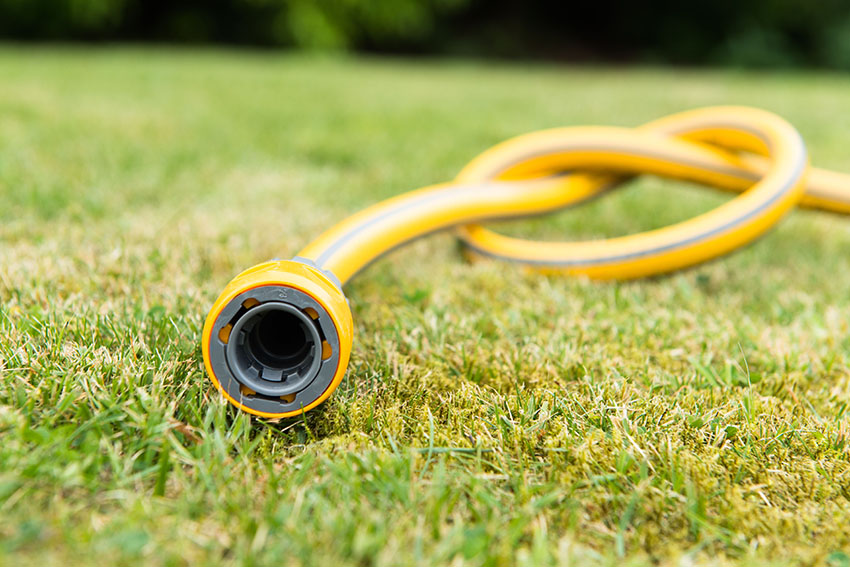
Longer hoses weigh more and need more storage space. It will also be less flexible, and it can be hard to lug around a 100-ft hose filled with water.
For example, this length can weigh 14 lbs (dry weight) and 27 lbs (weight with water). That is why it can be very heavy to lug around the garden. Longer hoses can also be harder to coil up when you need to store them or fully drain them.
Another factor to help you determine the size you need is its diameter, which is quite a standard in hoses , like their lengths.
You’ll find the size of the inside diameter of the hose on the packaging itself. For enough water flow and pressure, a 5/8” diameter is commonly chosen. There are also products coming in ½” and ¾” diameter sizes.
Remember, the larger the hose’s diameter, the more water that it can carry and hold. For light tasks, like watering small garden areas, a ½ and ¾-inch diameter size can be enough.
On the other hand, a size of 5/8” can be what you need if the hose should be dealing with high water pressure, such as pressure washers or sprinklers.
See more related content in our article about the types of outdoor faucets on this page.

